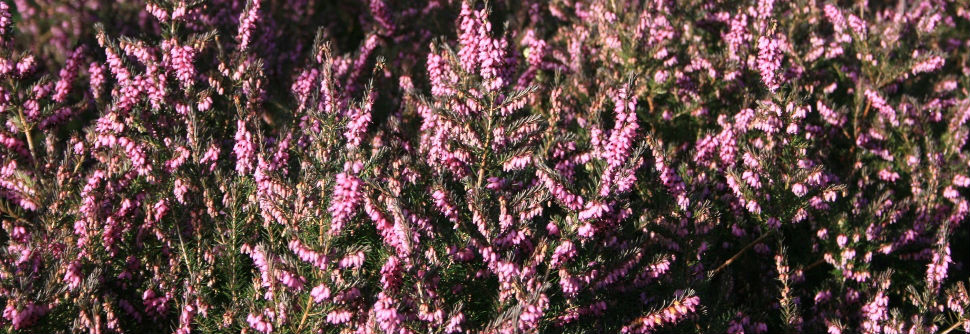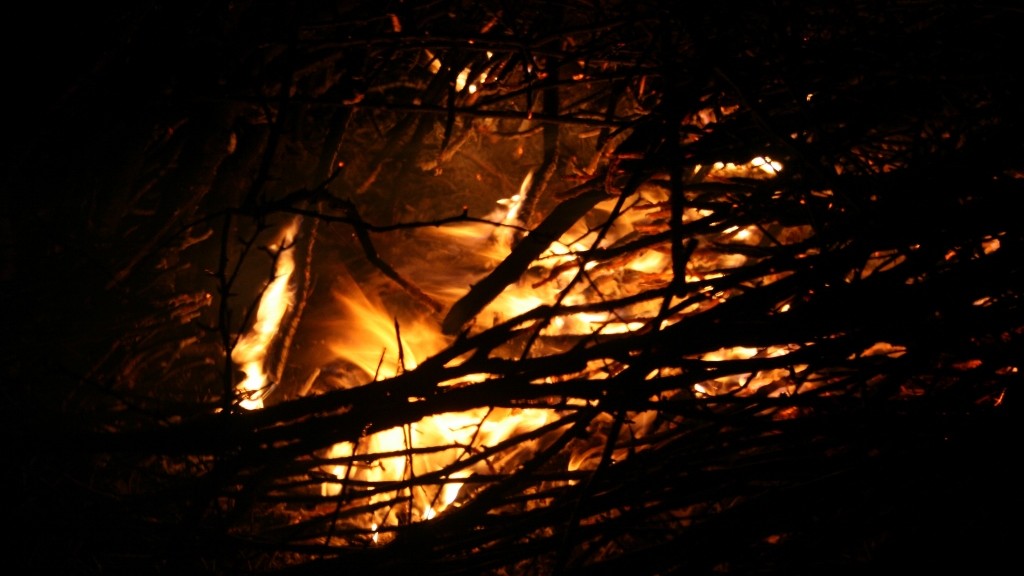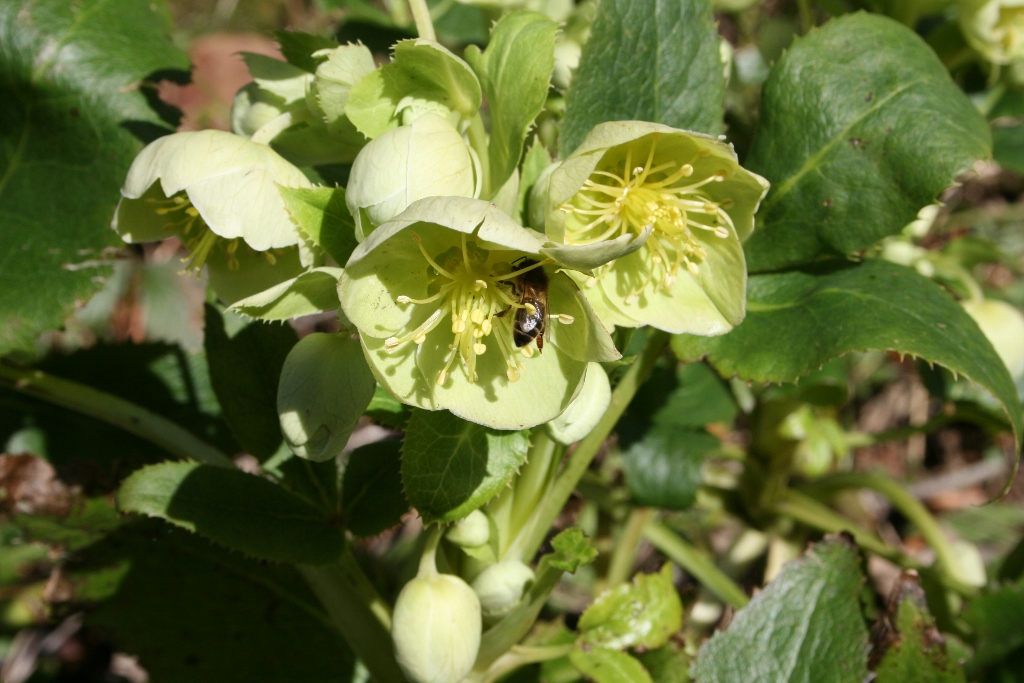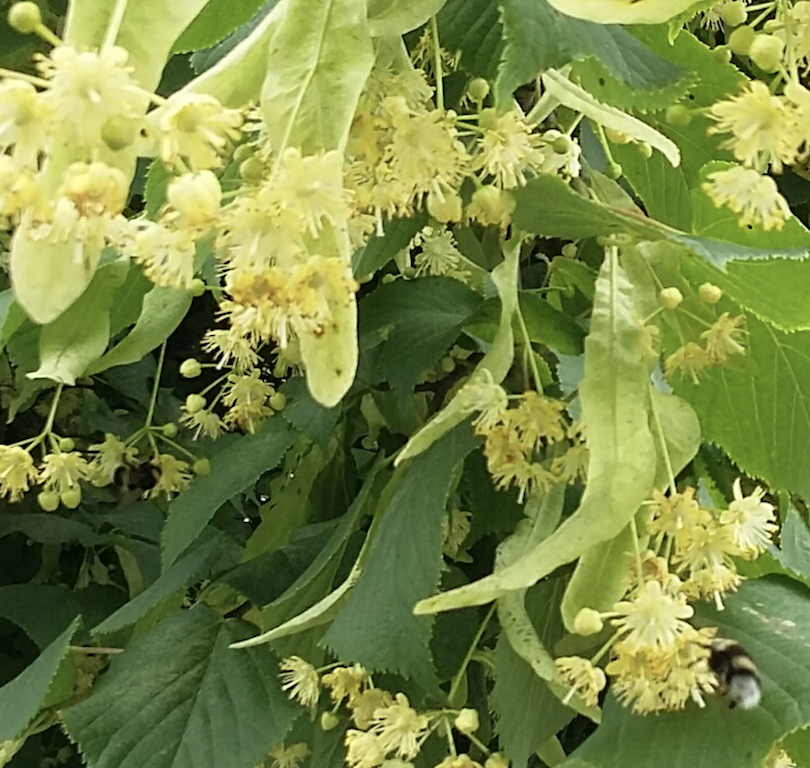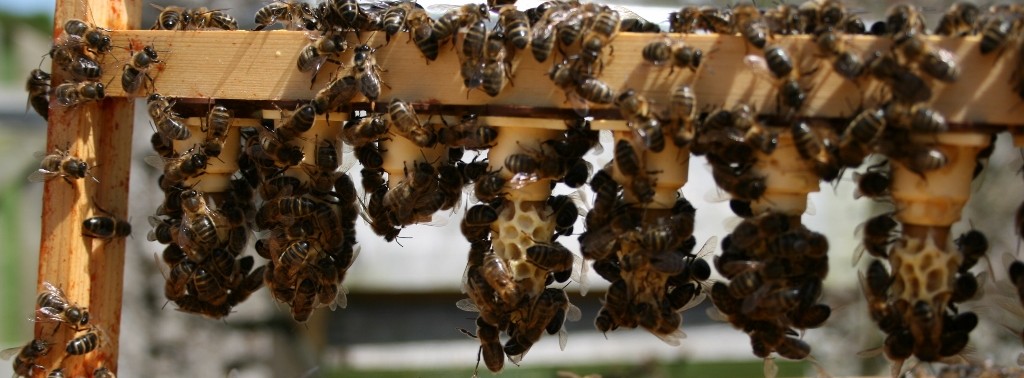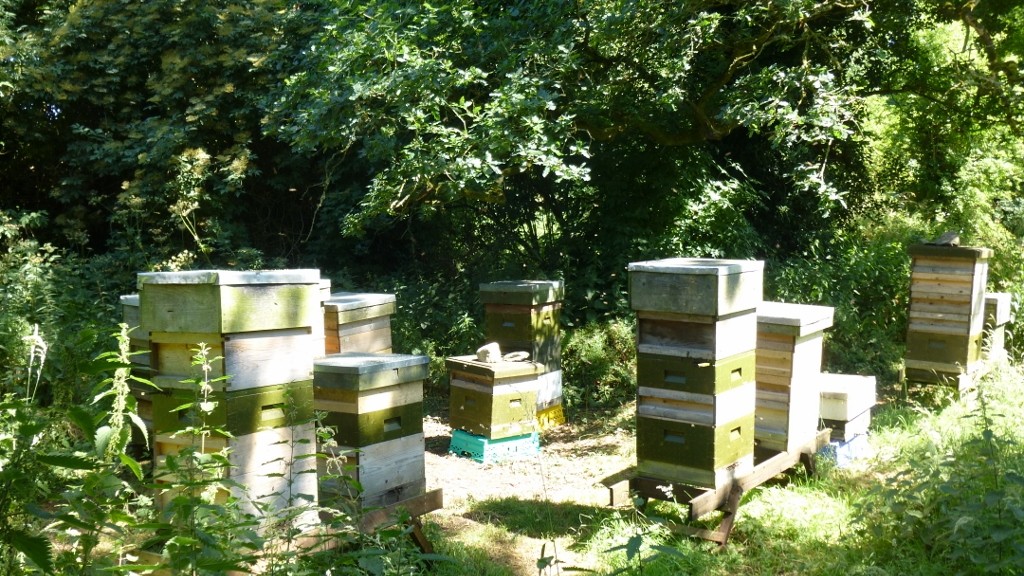The garden heathers are in bloom now and the bees are all over them whenever the weather allows. These are not to be confused with the Ling heather (Calluna vulgaris) we see on the hills in the late summer – they are all Erica species, mostly varieties of Erica carnea or E.cinerea. Erica specialists please correct me here. Continue reading Garden Heathers
Category Archives: Bee Basics
European Foulbrood (EFB)
European Foulbrood (EFB) used to be quite rare in Ireland but it reared its ugly head a couple of years ago when it was discovered in hives at the annual Beekeeping Course at Gormanston so it’s out there and you need to be aware of it! Continue reading European Foulbrood (EFB)
American Foulbrood (AFB)
American Foul Brood is the disease that really gives beekeepers the willies. Once you’ve had it you never forget it; perhaps because there’s no remedy and the only thing to be done is to consign the bees and their hive to the flames like a Viking funeral. It’s all drama but it’s not the worst thing in the world and winter is the time to learn a bit about it, then when you come across the symptoms in the summer perhaps a little light bulb will go on in your head. The sooner you find it the better – because then you can act and prevent its spread. Continue reading American Foulbrood (AFB)
Bees on the Hellebore
Less Serious Brood Diseases
The diseases of honey bee brood are many and varied but they’re all a bit dark and creepy – like Roald Dahl’s child catcher in Chitty Chitty Bang Bang.
The two most serious brood diseases are American Foul Brood and European Foul Brood and these strike fear in heart of all beekeepers but we’ll deal with them later.
Here is a table of the less serious brood diseases. Click it for a bigger picture. Continue reading Less Serious Brood Diseases
Bee Trees – Lime (Tilia spp)
On a filthy February day like this, when the rain keeps coming down and you’re harbouring a horrible virus, spring seems a long way away. Summer even further, so lets pretend it’s July, the sun is slanting through the trees and the bees are spiralling out of their hives like little golden bullets – the limes are in bloom, there is work to do and the tree tops are buzzing…
Bee Basics – Metamorphosis
Introduction
There are three castes in a honeybee colony: the queen, the worker and the drone. There is only one queen per colony and she will live for about three years. During her reign there are numerous workers although the numbers of workers per colony fluctuates with the seasons reaching a peak in early summer and dwindling to a minimum in the depths of winter. In the early summer the colony begins to produce drones who emerge to live the life of Reilly until the end of the season when they are forcibly evicted to die in hungry heaps in the long grass.
The details of the control of the complicated demographics of the honeybee colony are for another day! Only the mechanisms of how the colony manages to produce three castes from two sorts of egg will be dealt with below. Continue reading Bee Basics – Metamorphosis
Bee Trees – Horse Chestnut (Aesculus hippocastanum)
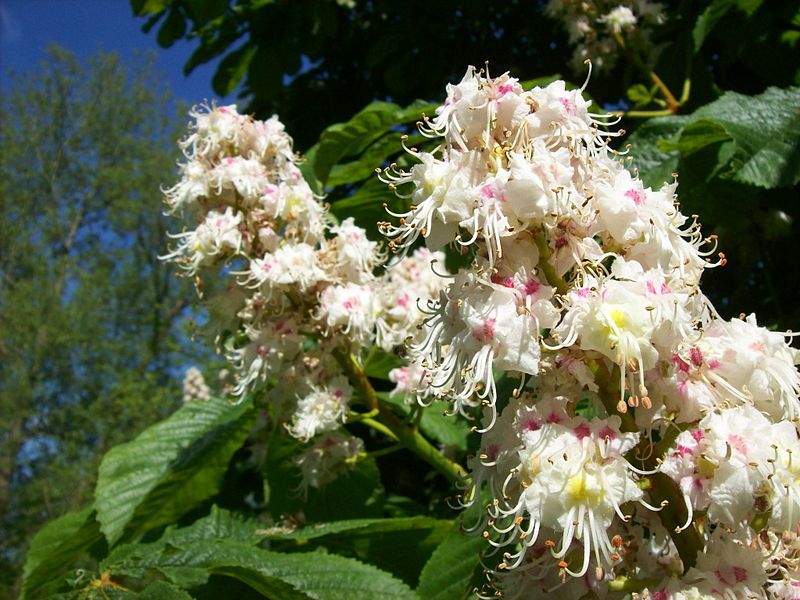
The scientific name for Horse Chestnut is Aesculus hippocastanum but that’s a bit of a mouthful for the familiar conker tree. The common name came about for several reasons:
- The seeds or ‘conkers’ and the spikey seed pods are similar in appearance to those of the sweet chestnut (Castanea sativa). It should be noted that unlike chestnuts, conkers are not for human consumption;
- When the leaves fall in autumn the twigs bear a horseshoe-shaped scar including marks like nail holes where the tiny vessels in the leaf stem part company;
- At one time horse chestnuts were ground and fed to horses as a stimulant and to make their coats shine. The Turks used to believe conker-meal could cure broken-winded horses.
The Latin name Aesculus comes from a word that was originally applied to a type of oak but when Linnaeus the botanist drew up his original classification of species he gave it instead to the horse chestnut. ‘Hippo’ is Greek for horse, which also explains hippopotamus – meaning ‘river horse’. Meanwhile ‘kastanos‘ means chestnut. Continue reading Bee Trees – Horse Chestnut (Aesculus hippocastanum)
Things to do in February
I was reading an article about wintering bees and the author said any fool could winter bees, whatever the winter and however poor the beekeeper. And he has a point. The reason being that in order to successfully winter bees you just have to leave them alone. Leave them alone – they know more about it than you do. Well he might be right but if you keep an eye on your bees there are things to be done to prevent the losses we saw in the winter of 2012/13. Continue reading Things to do in February
Bee Basics – Which Beehive?
Choosing which type of hive to use is like getting married – get it right from the start and stick to it; if you go messing about later, it will come back to bite you and you’ll regret it. Not all hive parts are interchangeable and you’ll end up in a right mucking fuddle. Continue reading Bee Basics – Which Beehive?
